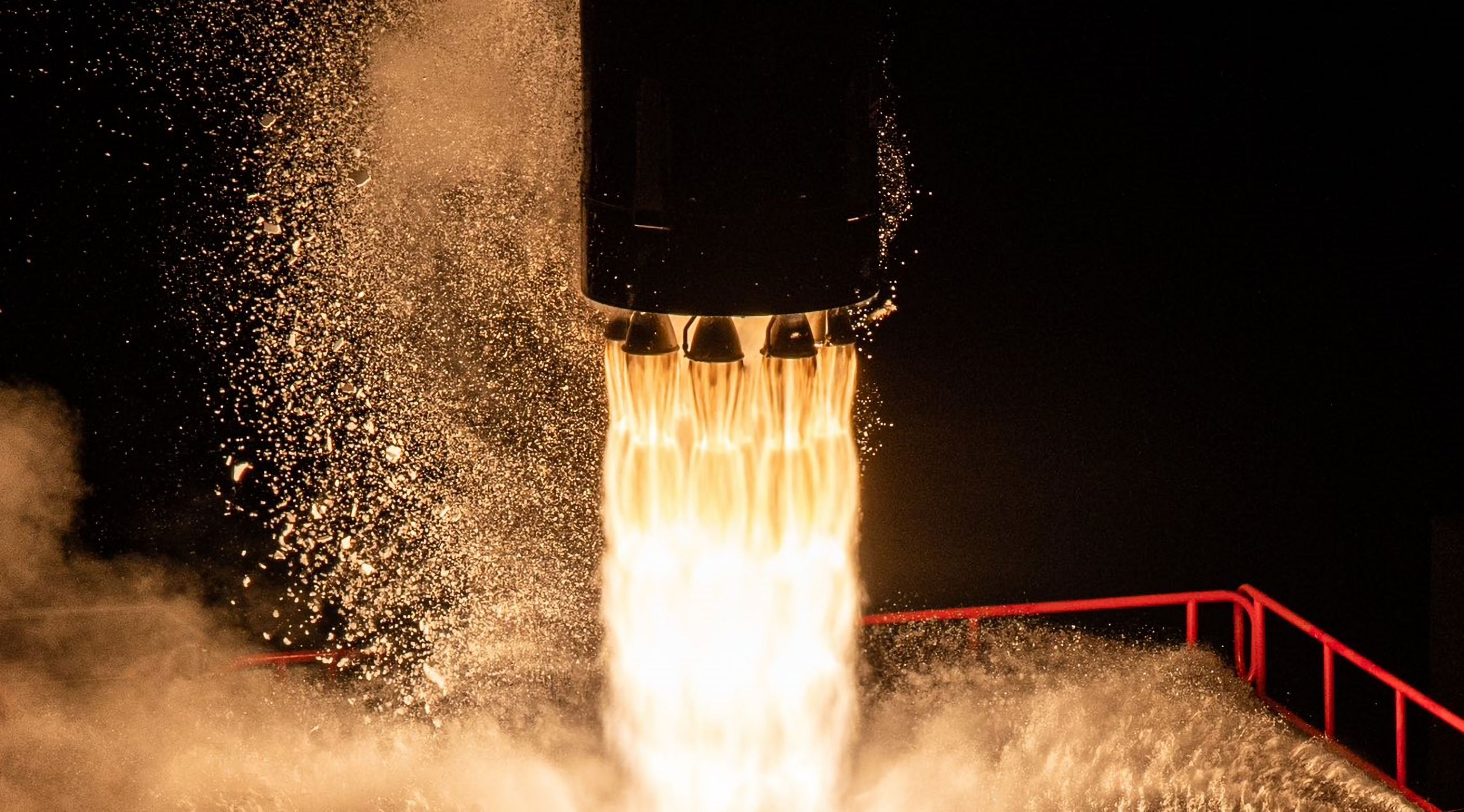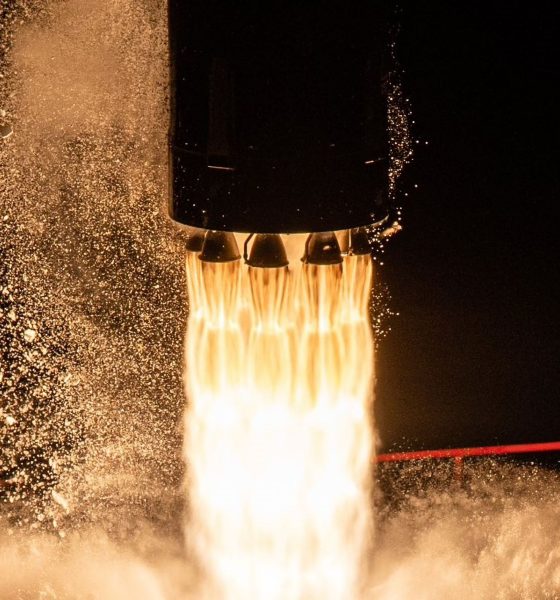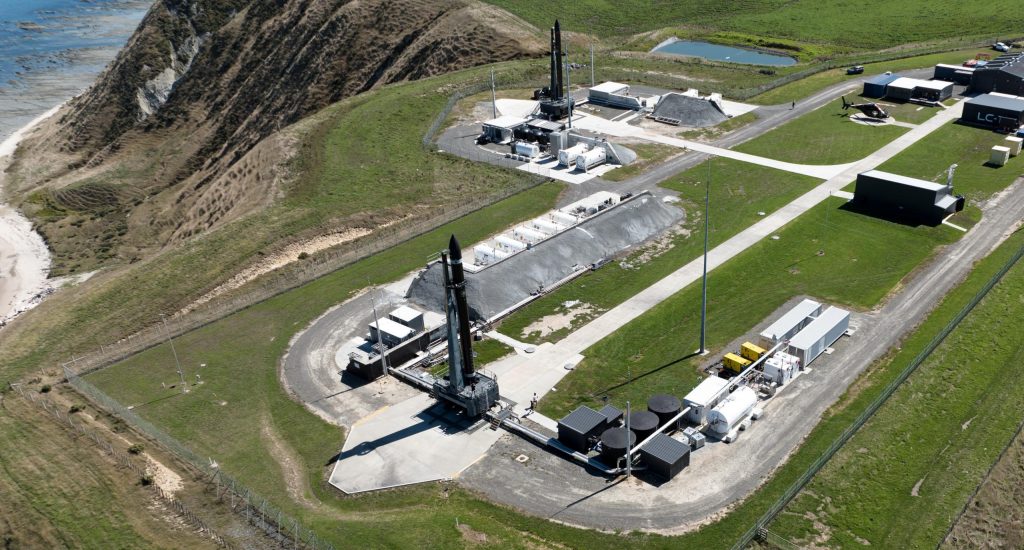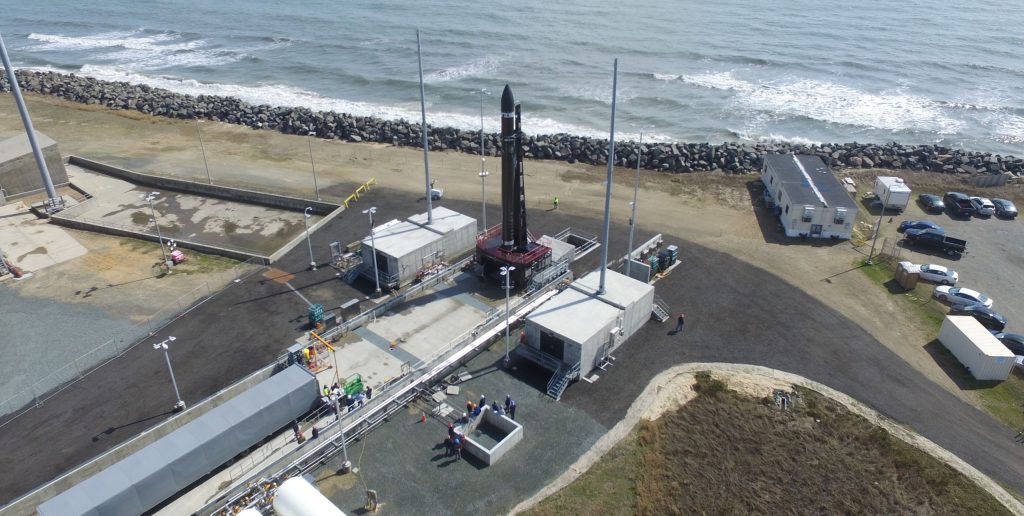

News
Rocket Lab aces first Electron rocket launch from US soil
After many delays, Rocket Lab has successfully launched an Electron rocket from US soil for the first time.
The company’s small Electron rocket lifted off at 6 pm EST (23:00 UTC), January 24th, from a pad built at NASA’s Wallops Flight Facility. About nine minutes later, the Electron upper stage reached low Earth orbit (LEO) and shut down its Rutherford Vacuum engine. 90 minutes after liftoff, the rocket finished deploying three new Hawkeye 360 Earth observation satellites, marking the successful completion of Rocket Lab’s first American launch.
Rocket Lab’s workhorse rocket is relatively unique. Electron is the only rocket in the world to successfully reach orbit with structures built almost entirely out of carbon fiber composites. It’s also the only orbital-class rocket in the world that uses engines with battery-powered pumps. Electron measures 18 meters (59 ft) tall, 1.2 meters (4 ft) wide, and weighs about 13 tons (~28,500 lbs) at liftoff, making it one of the smallest orbital rockets ever. It sells for about $7.5 million and can launch up to 200 kilograms (440 lb) to a sun-synchronous orbit or 300 kilograms (660 lb) to LEO.
The update that's rolling out to the fleet makes full use of the front and rear steering travel to minimize turning circle. In this case a reduction of 1.6 feet just over the air— Wes (@wmorrill3) April 16, 2024
Electron is by far the cheapest widely-available option for a dedicated rocket launch. Although a fully-utilized Electron costs more than $25,000 per kilogram, Rocket Lab has found a decent number of customers that find the benefits worth the cost premium. SpaceX currently offers rideshare launch services for just $5,500 per kilogram. But a dedicated Electron launch buys customers white-glove service and control over the exact timing and target orbit, among other perks.
Many companies are developing orbital transfer vehicles (space tugs) to combine the affordable cost of rideshare launches with customized orbits and deployment timing, but rideshare payloads will always have to grapple with inflexible launch timing. SpaceX will not delay a launch carrying 50-100+ other payloads because one satellite is running behind schedule.
Rocket Lab’s history shows that plenty of companies are willing to pay far more for the convenience of a direct launch. Electron’s first launch from US soil was the rocket’s 30th successful launch and 33rd launch since its May 2017 debut. In 2022, Rocket Lab managed to launch eight times in eight months and nine times overall. Had bad winter weather not conspired to delay its first US launch, the company would have broken into the double digits for the first time and likely kept its monthly launch streak alive.


Sisyphean delays
Rocket Lab’s first American launch is no stranger to delays. The company announced plans to build a US launch site in October 2018. At the time, Rocket Lab hoped to launch its first Electron out of Virginia’s NASA Wallops Flight Facility as early as Q3 2019. For a number of reasons, many of which were outside of Rocket Lab’s control, that didn’t happen.
Rocket Lab began constructing its Launch Complex 2 (LC-2) pad in Virginia in February 2019 and finished construction by the start of 2020. At that point, the then-private company stated that LC-2 was on track to host its first Electron rocket launch as early as Q2 2020. In Q2, Rocket Lab even shipped an Electron to Virginia and completed a range of pad shakedown tests, including a wet dress rehearsal (WDR) and static fire test.
Rocket Lab isn’t entirely free of fault. However, nearly all of the blame for that delay appears to lie with NASA, who required that Rocket Lab use the agency’s own software for a new kind of “flight termination system.” Rocket Lab had already successfully developed and repeatedly flown its own autonomous flight termination system for use at its New Zealand launch site. AFTS replaces a human-in-the-loop with software that monitors a rocket and decides if it needs to protect populated areas by triggering explosive charges that will destroy the vehicle.
NASA’s software was plagued by years of delays, causing the payload assigned to Electron’s US launch debut to change repeatedly. In 2019, it was supposed to be a Space Test Program (STP) mission for the US Air Force. From 2020 to 2021, it was supposed to be NASA’s CAPSTONE mission to the Moon. Both missions were ultimately launched at Rocket Lab’s primary launch site in New Zealand.
Only in January 2023, almost three years after Rocket Lab was first ready to go, did Electron finally lift off from US soil with a trio of Hawkeye 360 radio surveillance satellites in tow. The mission was the first of Electron launches purchased by Hawkeye 360 to launch 15 satellites. Rocket Lab intends to launch again from LC-2 in the near future and has already shipped a second Electron rocket to Virginia.

Elon Musk
Tesla’s Elon Musk: 10 billion miles needed for safe Unsupervised FSD
As per the CEO, roughly 10 billion miles of training data are required due to reality’s “super long tail of complexity.”

Tesla CEO Elon Musk has provided an updated estimate for the training data needed to achieve truly safe unsupervised Full Self-Driving (FSD).
As per the CEO, roughly 10 billion miles of training data are required due to reality’s “super long tail of complexity.”
10 billion miles of training data
Musk comment came as a reply to Apple and Rivian alum Paul Beisel, who posted an analysis on X about the gap between tech demonstrations and real-world products. In his post, Beisel highlighted Tesla’s data-driven lead in autonomy, and he also argued that it would not be easy for rivals to become a legitimate competitor to FSD quickly.
“The notion that someone can ‘catch up’ to this problem primarily through simulation and limited on-road exposure strikes me as deeply naive. This is not a demo problem. It is a scale, data, and iteration problem— and Tesla is already far, far down that road while others are just getting started,” Beisel wrote.
Musk responded to Beisel’s post, stating that “Roughly 10 billion miles of training data is needed to achieve safe unsupervised self-driving. Reality has a super long tail of complexity.” This is quite interesting considering that in his Master Plan Part Deux, Elon Musk estimated that worldwide regulatory approval for autonomous driving would require around 6 billion miles.
FSD’s total training miles
As 2025 came to a close, Tesla community members observed that FSD was already nearing 7 billion miles driven, with over 2.5 billion miles being from inner city roads. The 7-billion-mile mark was passed just a few days later. This suggests that Tesla is likely the company today with the most training data for its autonomous driving program.
The difficulties of achieving autonomy were referenced by Elon Musk recently, when he commented on Nvidia’s Alpamayo program. As per Musk, “they will find that it’s easy to get to 99% and then super hard to solve the long tail of the distribution.” These sentiments were echoed by Tesla VP for AI software Ashok Elluswamy, who also noted on X that “the long tail is sooo long, that most people can’t grasp it.”
News
Tesla earns top honors at MotorTrend’s SDV Innovator Awards
MotorTrend’s SDV Awards were presented during CES 2026 in Las Vegas.

Tesla emerged as one of the most recognized automakers at MotorTrend’s 2026 Software-Defined Vehicle (SDV) Innovator Awards.
As could be seen in a press release from the publication, two key Tesla employees were honored for their work on AI, autonomy, and vehicle software. MotorTrend’s SDV Awards were presented during CES 2026 in Las Vegas.
Tesla leaders and engineers recognized
The fourth annual SDV Innovator Awards celebrate pioneers and experts who are pushing the automotive industry deeper into software-driven development. Among the most notable honorees for this year was Ashok Elluswamy, Tesla’s Vice President of AI Software, who received a Pioneer Award for his role in advancing artificial intelligence and autonomy across the company’s vehicle lineup.
Tesla also secured recognition in the Expert category, with Lawson Fulton, a staff Autopilot machine learning engineer, honored for his contributions to Tesla’s driver-assistance and autonomous systems.
Tesla’s software-first strategy
While automakers like General Motors, Ford, and Rivian also received recognition, Tesla’s multiple awards stood out given the company’s outsized role in popularizing software-defined vehicles over the past decade. From frequent OTA updates to its data-driven approach to autonomy, Tesla has consistently treated vehicles as evolving software platforms rather than static products.
This has made Tesla’s vehicles very unique in their respective sectors, as they are arguably the only cars that objectively get better over time. This is especially true for vehicles that are loaded with the company’s Full Self-Driving system, which are getting progressively more intelligent and autonomous over time. The majority of Tesla’s updates to its vehicles are free as well, which is very much appreciated by customers worldwide.
Elon Musk
Judge clears path for Elon Musk’s OpenAI lawsuit to go before a jury
The decision maintains Musk’s claims that OpenAI’s shift toward a for-profit structure violated early assurances made to him as a co-founder.

A U.S. judge has ruled that Elon Musk’s lawsuit accusing OpenAI of abandoning its founding nonprofit mission can proceed to a jury trial.
The decision maintains Musk’s claims that OpenAI’s shift toward a for-profit structure violated early assurances made to him as a co-founder. These claims are directly opposed by OpenAI.
Judge says disputed facts warrant a trial
At a hearing in Oakland, U.S. District Judge Yvonne Gonzalez Rogers stated that there was “plenty of evidence” suggesting that OpenAI leaders had promised that the organization’s original nonprofit structure would be maintained. She ruled that those disputed facts should be evaluated by a jury at a trial in March rather than decided by the court at this stage, as noted in a Reuters report.
Musk helped co-found OpenAI in 2015 but left the organization in 2018. In his lawsuit, he argued that he contributed roughly $38 million, or about 60% of OpenAI’s early funding, based on assurances that the company would remain a nonprofit dedicated to the public benefit. He is seeking unspecified monetary damages tied to what he describes as “ill-gotten gains.”
OpenAI, however, has repeatedly rejected Musk’s allegations. The company has stated that Musk’s claims were baseless and part of a pattern of harassment.
Rivalries and Microsoft ties
The case unfolds against the backdrop of intensifying competition in generative artificial intelligence. Musk now runs xAI, whose Grok chatbot competes directly with OpenAI’s flagship ChatGPT. OpenAI has argued that Musk is a frustrated commercial rival who is simply attempting to slow down a market leader.
The lawsuit also names Microsoft as a defendant, citing its multibillion-dollar partnerships with OpenAI. Microsoft has urged the court to dismiss the claims against it, arguing there is no evidence it aided or abetted any alleged misconduct. Lawyers for OpenAI have also pushed for the case to be thrown out, claiming that Musk failed to show sufficient factual basis for claims such as fraud and breach of contract.
Judge Gonzalez Rogers, however, declined to end the case at this stage, noting that a jury would also need to consider whether Musk filed the lawsuit within the applicable statute of limitations. Still, the dispute between Elon Musk and OpenAI is now headed for a high-profile jury trial in the coming months.








